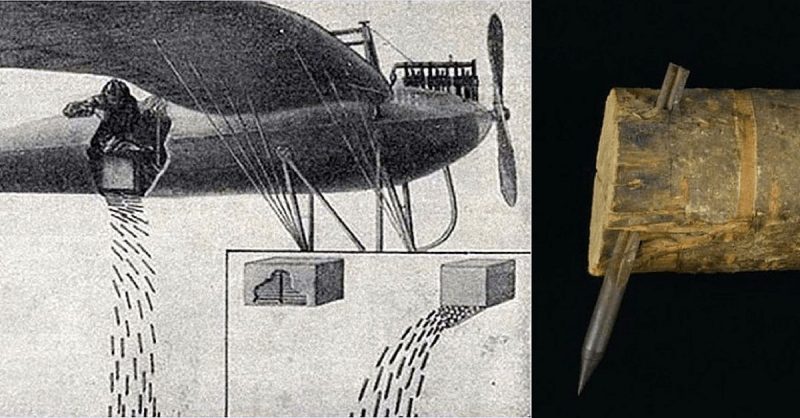No, not like the arrows you have in mind. These were as long as a pencil and ten times more deadly than conventional ones. These arrows or flechettes as their French inventors called them were considered dangerous as hell. They instilled a significant fear in the enemy ranks, despite their blatant inaccuracy, due to their ability to wreck the body from head to toe resulting in gruesome bodily mutilations.
The weapon was developed during the early stages of the Great War in 1915 when proper anti-personnel weapons hadn’t been developed. The flechettes were five inches long and had a half inch sharpened tip.
The remaining four and a half inches were machined out so that the weapons had a cross section of an “X”. The arrows were then packed in boxes of 500 and placed in a hole in the cockpit. When the pilot wanted to release them, he simply pulled a string before a group of enemy soldiers. They could cover an area of five hundred square yards in a single delivery.
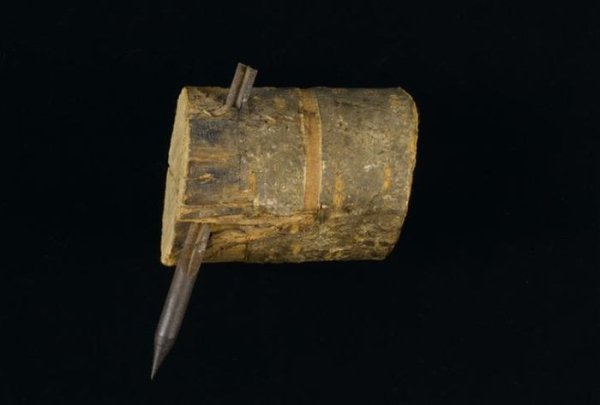
Believed by many historians as the prime cause for the rise of Hitler and the subsequent Second World War, the First World War brought to public eye a unique aspect of 17th and 18th-century warfare i.e. the clash between the Empires. One could compile a whole host of weaponry that could never have reached the mainstream production if it were not for the First World War.
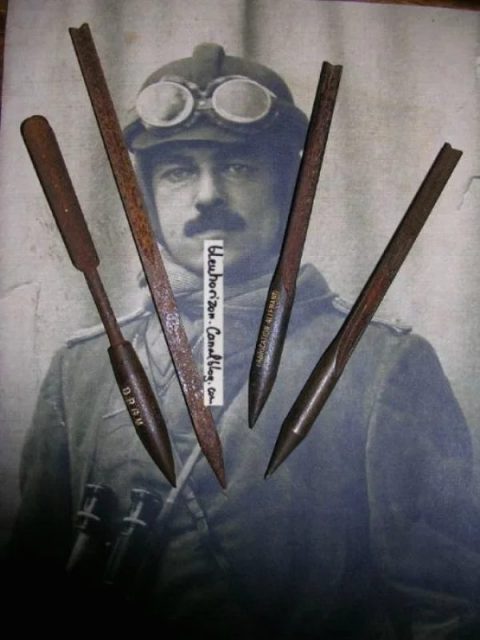
However, there was no shortage of all kinds of bizarre weapons and tactics that all sides deployed in order to win any little battle they could. One such peculiar and the less discussed weapon is the Flechette.
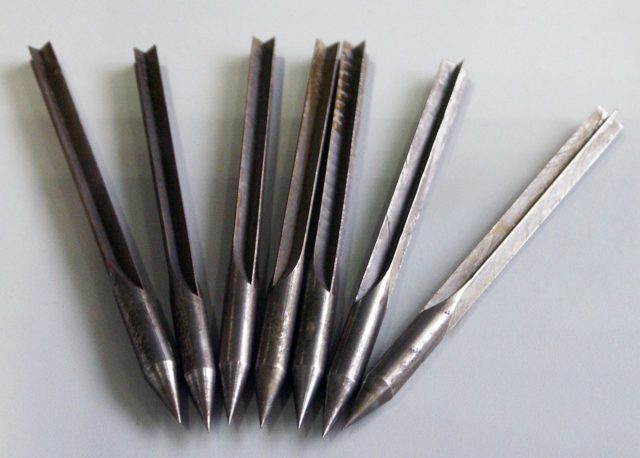
At first glance a flechette may look no different from an ordinary dart, however, upon analysis, it reveals that it is highly aerodynamic and far more deadly design. These flechettes are essentially very short rods made out of steel with a sharp pointy end, and fins on the other end to facilitate a smooth flight – or technically, descent, as the flechettes were dropped from the sky onto enemy troops as a form of medievalesque bomb.
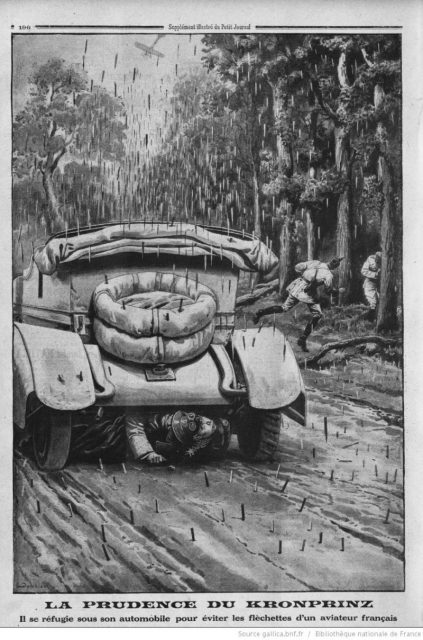
These innovative killer dots are thought to have been first invented by the Italians, sometime between 1911 and 1912; not necessarily for the battle purposes.
10 Unsolved World War I Mysteries
However, when the First World War broke out armies relied on the mantra every little helps, and these darts were deployed by the French in 1914. Upon observing the effectiveness and cost-effective nature of the deadly darts, later during the war same kind of weapons were also used by the British and Germans against each other.
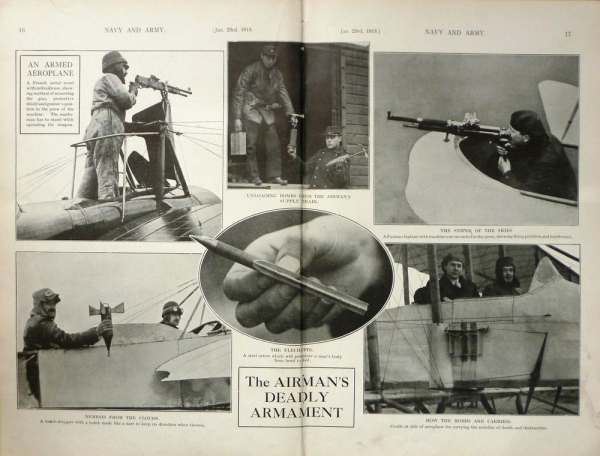
Germans -as innovative as they were – decided to give the flechettes a more German touch. German flechettes, especially the ones they were using against the French had an inscription stamped on them saying Invention François, Fabrication Allemande meaning ‘A French invention, German made’. The idea was to give the French a taste of their own medicine with a note on it, and it did prove quite significant to some extent.
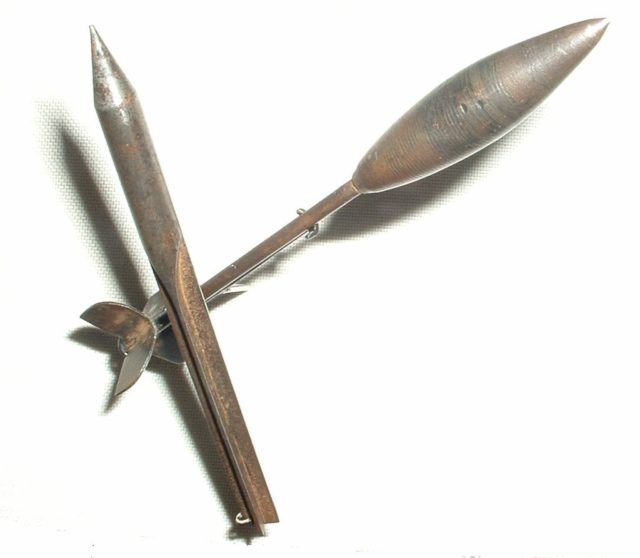
The whole mechanism of deploying the flechettes was rather a simple technique; a small canister was attached to the bottom of the fuselage of the plane which was controlled via thin string. Upon pulling the string, the canister would open dropping the flechettes on the troops or civilians underneath.
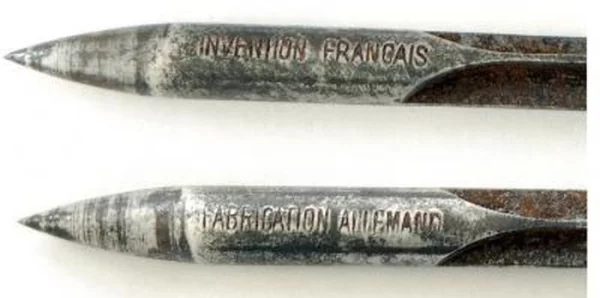
Each canister would contain somewhere between twenty to 250 flechettes; however, on one occasion in 1915, a French pilot reportedly dropped as many as 18,000 flechettes over the German troops.
The idea behind the flechettes was that, dropped from a higher altitude these steel darts could gain enough momentum to cause considerable damage to whosoever they fell upon. Although Germans, British and French pilots extensively utilized the flechettes in the early days of the war; as the war progressed these proved less and less effective and all the parties adhered to more precise and more effective mean of destruction, i.e. the bombs.
